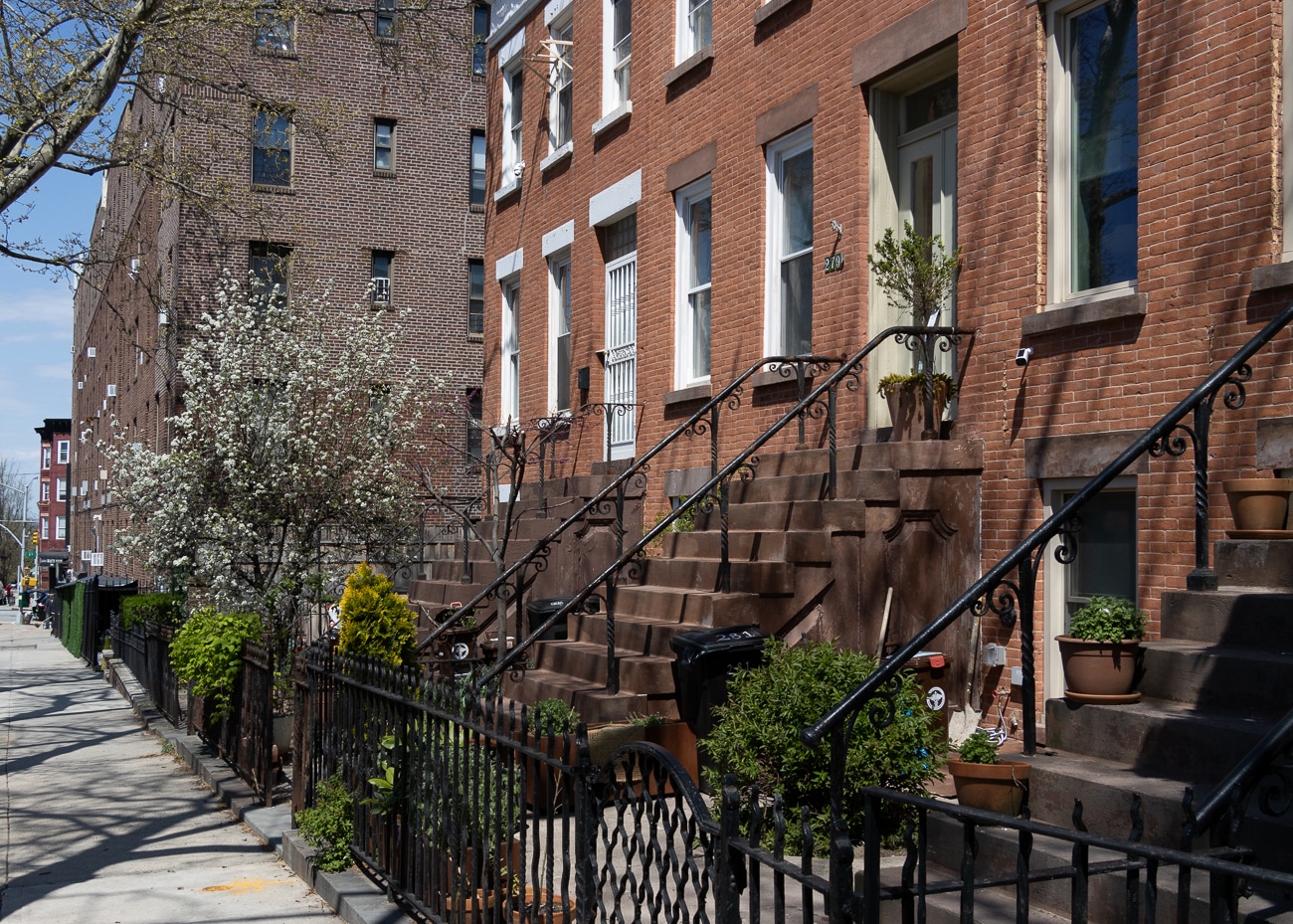Fifty Years After the Fair at the NY State Pavilion
Designed by Philip Johnson, the NY State Pavilion was among the most striking buildings in a Fair full of them. It consists of the “Tent of Tomorrow” consisting of sixteen 100-foot columns that supported a 50,000-square-foot roof of multicolored panels (which was removed in the 1970s) as well as three towers, measuring 60, 150 and…

Designed by Philip Johnson, the NY State Pavilion was among the most striking buildings in a Fair full of them. It consists of the “Tent of Tomorrow” consisting of sixteen 100-foot columns that supported a 50,000-square-foot roof of multicolored panels (which was removed in the 1970s) as well as three towers, measuring 60, 150 and 226 feet tall. Fairgoers could ascend top the top of the towers via “Sky Streak” capsule elevators, and dine at a restaurant on the shortest. Inside the pavilion, there was a scale model of the new St. Lawrence River hydroelectric plant, NY State industry information, artwork from the 19th-century Hudson River School, and portraits of NY State colonists. There were reproductions of historic steam trains and vintage automobiles, as well as rides for the kiddies.
Tuesday, April 22nd, was the 50th anniversary of the opening of the 1964-1965 World’s Fair. In 1964 President Lyndon B. Johnson, Parks Commissioner Robert Moses and other dignitaries cut the ribbon on what had been a dark, rainy day, amid fears of protests by civil rights groups. The crowds were underwhelming on Opening Day, but the Fair ultimately proved a hit. Relatively few countries participated, however, not because of ideological problems with the USA, but because Seattle had hosted a recent Fair in 1962 and most countries had concentrated their resources there.
To celebrate the anniversary, NYC Parks opened the New York State Pavilion to the public for the first time in many years. Since the Fair closed the Pavilion had been put to a number of uses. In the late 1960s and early 1970s it served as a concert space, with the likes of the Grateful Dead and Led Zeppelin performing on the pavilion’s stage. In the 1980s, the pavilion was converted to a roller skating rink, a decision that ultimately did no favors to one of the pavilion’s chief attractions, a giant road map of New York State.
However, after that time the pavilion was simply allowed to stand and crumble. The colored panels of the Tent of Tomorrow long ago became unstable and were removed in the 1970s. The road map crumbled and moss grew between the cracks. The Sky Streak elevator cars that had been “frozen” in place on the towers also became destabilized and were in danger of falling off, so they were removed. The rusting, crumbling elevator cars sit in a roped-off area near the adjoining Queens Theater in the Park. Estimates hold that it will take $14 million to tear down the old pavilion, but between $50 and $100 million to restore it. Nevertheless, there is a groundswell of activity toward restoration. Borough President Melinda Katz is on record as favoring such a revival. Nonprofit People for the Pavilion urges the preservation and restoration of the structure, and co-founder Mathew Silva is presently working on a film documentary entitled Modern Ruin: A World’s Fair Pavilion.
Pleasant, mild weather combined with plenty of publicity to push the expected crowd total to between five and ten thousand visitors! Crowds snaked through long stretches of park paths, even crossing the bridges over Grand Central Parkway. The wait time was about three hours, as only small crowds were allowed under the Tent of Tomorrow at any given time. Hard hats were given out as a precaution against any falling debris. Nevertheless, the mood was pleasant and relaxed. A food truck serving the original Belgian waffle recipe that was sold at the 1964-1965 Fair was on hand, and lines were considerably longer than the Mister Softee ice cream truck that set up next to it.
Crowds milled around the entrance, waiting to get in when their numbers (distributed on line) were called out. There was some detailing from the old pavilion put in place for this one event — note the set of blue glass globes over the entrance, that matched the original ones set up in 1964.
Photographs taken during the Fair’s original run showed the pavilion’s hive of activities as well as the original color-paneled Tent of Tomorrow.
The NY State Pavilion contained striking visuals both above and below. Texaco funded a giant map of New York State on the pavilion floor with 567 mosaic terrazo panels weighing about 400 lbs. each. Rand McNally supplied the topographic information, and Texaco furnished the location of each of its gas stations in the state. When the pavilion’s “roof ” was removed due to its deterioration borne of general negligence, the Texaco map was open to the elements. A few years ago, selected panels were removed and partially restored for an exhibit for the Queens Museum (which is also located in Flushing Meadows). Selected panels depicting parts of the Texaco map’s Long Island section were set up inside the pavilion.
Hopefully, the publicity bestowed on the NY State Pavilion for its 50th Anniversary will provide the momentum, and more importantly, the funding, that will restore it as a prime exhibit space, as well as restore the towers, the Sky Streak elevator, the restaurant and the multicolored Tent of Tomorrow. Can a new floor map be produced? We can dream.












What's Your Take? Leave a Comment